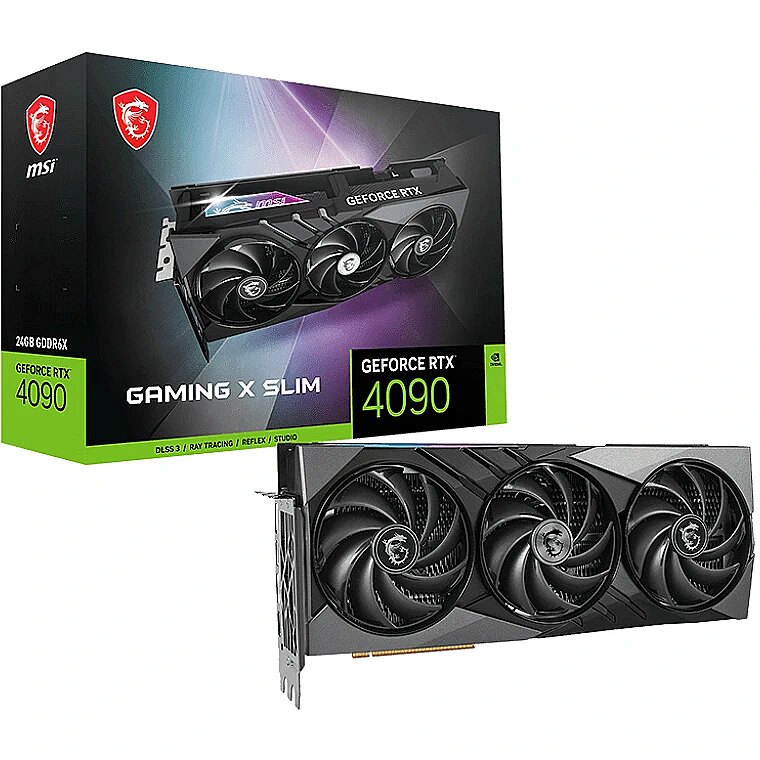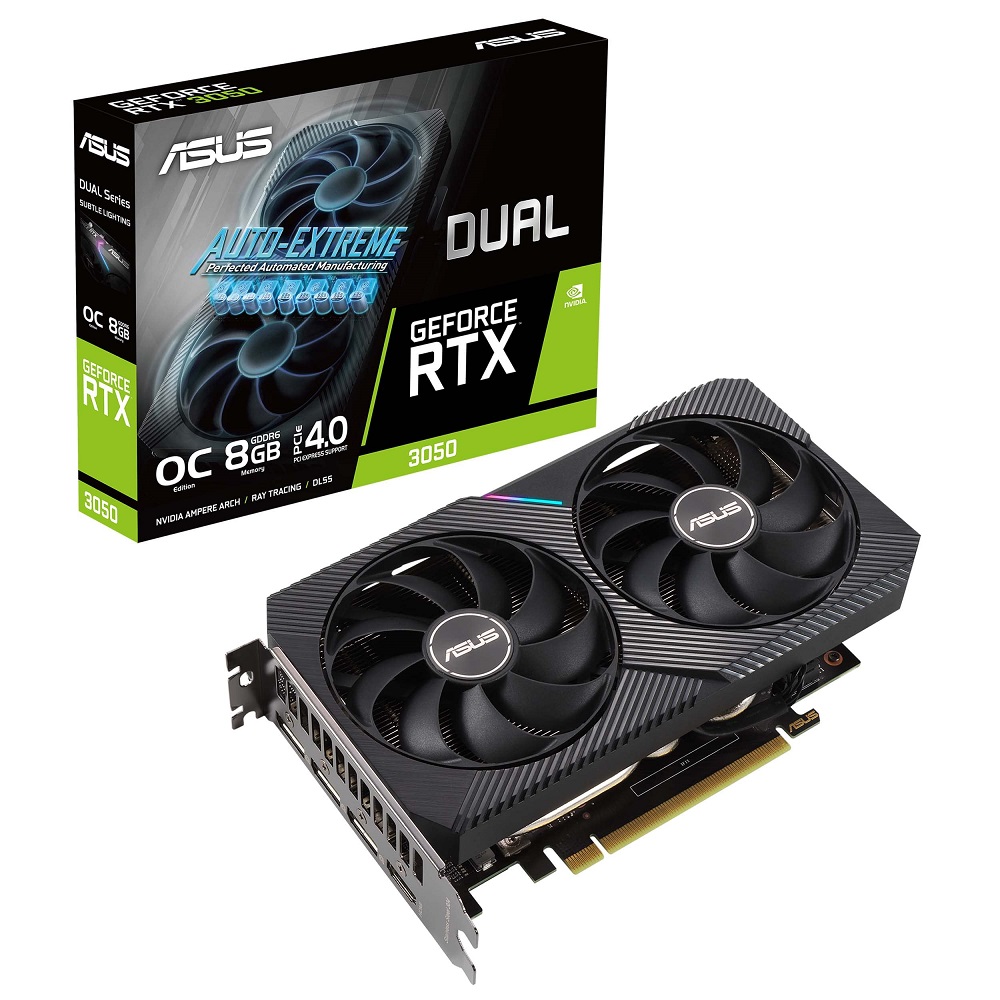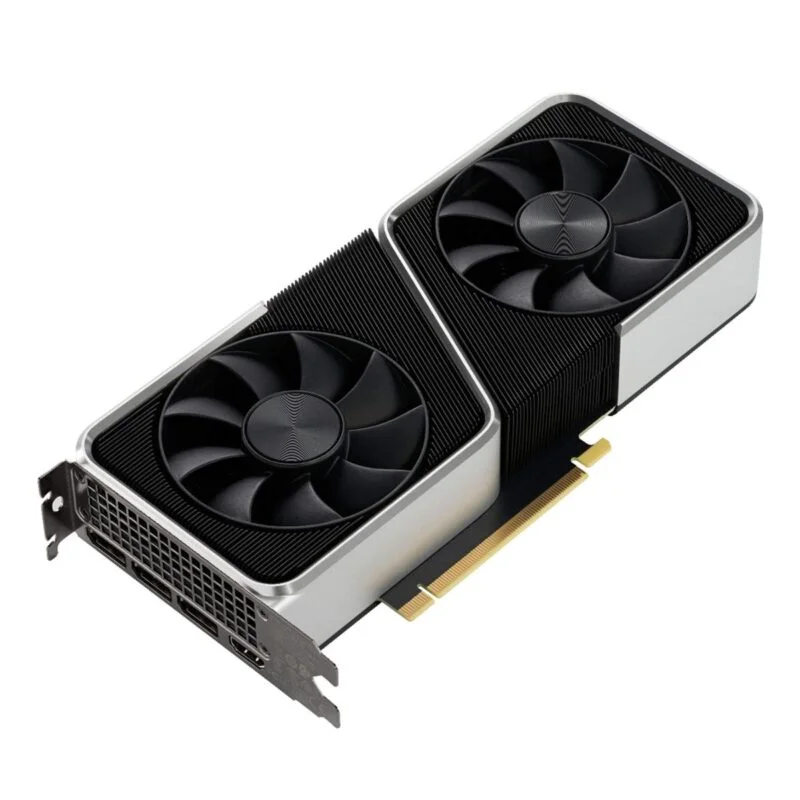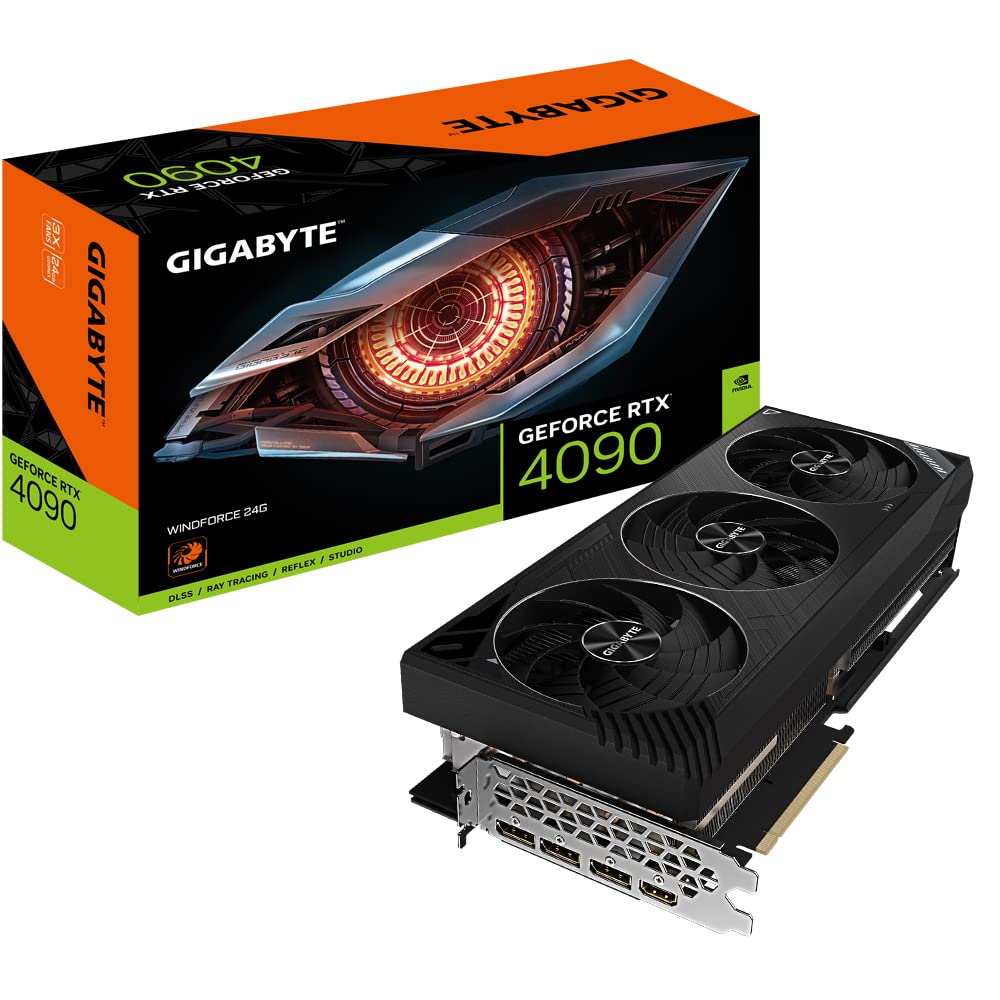Introduction to Graphics Cards
A graphics card, also known as a video card, is crucial for rendering images to your monitor. How to see my graphics card? It converts data into a signal your monitor can understand. Better graphics cards improve videos and animations.
Types of Graphics Cards
There are mainly two types of graphics cards: integrated and dedicated. Integrated graphics are part of the CPU and share memory with it. They are suitable for basic tasks. Dedicated graphics cards have their own memory (VRAM) and offer better performance for gaming and professional work.
Importance of Knowing Your Graphics Card Details
Knowing your graphics card details helps you ensure compatibility with games and software. It also informs you when it’s time for an upgrade. If you face performance issues, knowing how to see my graphics card details can help you troubleshoot.

Tools and Software for Checking Graphics Cards
To monitor and manage your graphics card, various tools and software options are available. These solutions range from built-in Windows utilities to more advanced third-party software. Using the right tools can simplify the process of discovering graphics card details.
Windows Built-in Tools
Windows offers several built-in utilities that make it easy to check your graphics card information. The most accessible tool is the ‘Device Manager,’ which provides a quick view of your graphics card’s make and model. For a more detailed analysis, ‘System Information’ and the ‘DirectX Diagnostic Tool’ are helpful. These utilities can reveal vital statistics about your graphics card including the driver version, GPU type, and available memory.
Third-Party Software Solutions
For those who need more than what Windows provides, third-party software solutions step in. These applications often offer comprehensive analysis options, testing features, and sometimes, even benchmarking tools. Popular choices among users include CPU-Z and GPU-Z, which are renowned for their detailed displays of hardware specs. Some third-party solutions also enable real-time monitoring of graphics card performance, such as temperature and usage statistics, which is crucial for gamers and professionals alike. When selecting a third-party application, choose one that fits your specific needs, and ensure it’s from a reliable source to avoid potential security risks.
Step-by-Step Guide to Check Graphics Card in Windows
To ensure optimal performance or troubleshoot issues, knowing how to see my graphics card is essential. Windows provides straightforward methods to check this information.
Using Device Manager
The Device Manager in Windows is a quick way to check your graphics card details. Here’s how you can use it:
- Press the Windows key + X and select ‘Device Manager’ from the menu.
- Expand the ‘Display adapters’ section. This will list your graphics card(s).
- Right-click on the graphics card and select ‘Properties’ for more details.
- Here, you can find the graphics card model, manufacturer, and driver information.
Remember, Device Manager offers a concise rundown of your graphics card details but doesn’t display in-depth performance stats.
Using DirectX Diagnostic Tool
The DirectX Diagnostic Tool offers another method to view graphics card information on Windows. Follow these steps:
- Press the Windows key + R, type ‘dxdiag’ in the Run dialog box, and hit Enter.
- The ‘DirectX Diagnostic Tool’ window opens.
- Click the ‘Display’ tab for detailed graphics card information.
- You will see the device name, manufacturer, and driver details, among others.
This tool also provides insights into issues related to DirectX sound and video playback, which can be useful for diagnosing graphics-related problems.

Checking Graphics Card Details on macOS
Mac users can easily check their graphics card details using specific methods tailored to macOS. Knowing your graphics card specifics in macOS can be vital for compatibility with certain applications and for performance enhancements. Here’s how you can access this information.
Using System Information
The ‘System Information’ utility is your first go-to solution on macOS to find graphics card details. It’s simple and direct. Here are the steps:
- Click on the Apple logo in the top left corner of your screen.
- Select ‘About This Mac’, then click ‘System Report.’
- Under ‘Hardware’, choose ‘Graphics/Displays.’
- You will see detailed information about your graphics card, such as the type, VRAM (video memory), and whether it’s integrated or dedicated.
This method will give you a comprehensive overview of your graphics card specifications.
Using Third-Party Apps
For advanced users who need more detailed analytics, third-party apps can be very helpful. Apps like CoconutBattery not only provide details about your graphics card but also give insights into the overall health of your Mac. Consider these steps when using a third-party app:
- Download a reputable third-party application known for hardware analysis.
- Install and open the app, then navigate to the section dedicated to graphics information.
- Here, you can find enhanced details including performance metrics, temperature, and usage statistics.
While macOS offers robust tools for basic information, third-party apps can provide a deeper dive into how your graphics card performs under various loads. These tools are particularly beneficial for professionals who rely on graphic-intensive applications or for gamers.
Understanding Graphics Card Specifications
To make the most of your graphics card, it’s essential to understand its specifications. Knowing these details can guide you in choosing software or games, and ensuring that they run smoothly on your system.
Reading Graphics Card Specifications
Reading graphics card specifications can seem daunting at first. However, knowing a few key points can simplify this process. Here’s what you need to look for:
- Model Number: Identifies the graphics card and its performance tier.
- VRAM: Stands for Video Random Access Memory. More VRAM usually means better performance with high-resolution textures and in multitasking.
- GPU Clock Speed: Measured in MHz, higher speeds can indicate faster rendering of graphics.
- Bandwidth: The amount of memory the card can access at one time, impacting performance.
- Shader Cores: These handle the rendering of visual effects and more cores can result in better detail.
- Outputs: Types of connection ports available, like HDMI or DisplayPort.
Understanding these specs helps you know how well a graphics card can handle specific tasks.
Comparing Different Graphics Card Models
Comparing graphics cards requires looking at their specifications side by side. Focus on:
- Performance: Check benchmarks for an idea on how models compare in various tasks.
- Price: Consider your budget and the value a graphics card offers.
- Compatibility: Make sure the graphics card is compatible with your system’s motherboard and power supply.
- Reviews: User and expert reviews can provide insights into real-world usage.
By comparing these factors, you can determine which graphics card best meets your needs. Remember to keep your software needs in mind while making these comparisons. This ensures a good match for optimal performance.

Troubleshooting Common Graphics Card Detection Issues
Sometimes, despite following the correct steps, your graphics card may not show up or work properly. This can be due to a variety of issues ranging from driver problems to hardware malfunctions.
Common Issues and Solutions
Several common issues can prevent your graphics card from being detected, and each has its solution:
- Driver Issues: Outdated or corrupted drivers often cause detection problems. Check the manufacturer’s website for the latest driver and install it.
- Hardware Conflicts: Other installed hardware may conflict with your graphics card. Try removing other devices and reboot to see if the issue resolves.
- BIOS Settings: Sometimes, the BIOS settings can disable the graphics card slot. Enter BIOS setup and ensure the slot is enabled.
- Faulty Hardware: If none of the above works, you may have a faulty graphics card. Test it in another computer if possible.
Remember, troubleshooting should start with the simplest solutions like rebooting your computer and checking for loose cables.
When to Seek Professional Help
If the above solutions do not fix your graphics card detection issues, it might be time to seek professional help. This is especially true if you suspect a hardware failure. Professionals can offer deeper diagnostics, repair or suggest a replacement if necessary. It’s better to consult an expert than to risk further damage by attempting complex repairs yourself.
For guidance on how to see my graphics card, remember to refer back to the tools and steps outlined in earlier sections of this blog.
Concluding Thoughts on Graphics Card Management
Managing your graphics card well is key to optimal computer performance. By regularly checking details and updating drivers, you can get top performance. Ensure compatibility with games and keep an eye out for any issues. Follow maintenance best practices to prolong your card’s lifespan.
Best Practices for Maintenance
To keep your graphics card in good shape, here are simple best practices:
- Update Drivers Regularly: Check for the latest driver updates from the manufacturer’s website.
- Clean Your Card: Dust buildup can affect performance. Clean your computer, including the graphics card, regularly.
- Monitor Temperature: High temperatures can damage your card. Use software to keep an eye on heat levels.
- Check for Physical Damage: Inspect your card for damage, such as broken fans or capacitors.
- Optimize Settings: Adjust your graphics settings based on the tasks to avoid overloading the card.
Maintain these practices and your graphics card will thank you with reliable service.
Future Trends in Graphics Technology
Graphics technology is always advancing. Here’s what to expect in the future:
- More VRAM: Future cards will likely have even more VRAM to handle demanding tasks.
- Faster Speeds: Look for cards with higher clock speeds for better game performance.
- Enhanced AI Features: AI-driven features, like DLSS, will improve gaming visuals without sacrificing speed.
- Eco-Friendly Designs: Manufacturers are focusing on lower energy consumption.
Keeping up with these trends ensures you know when it might be time to upgrade. Stay informed about the latest in graphics technology to maintain a cutting-edge system.
